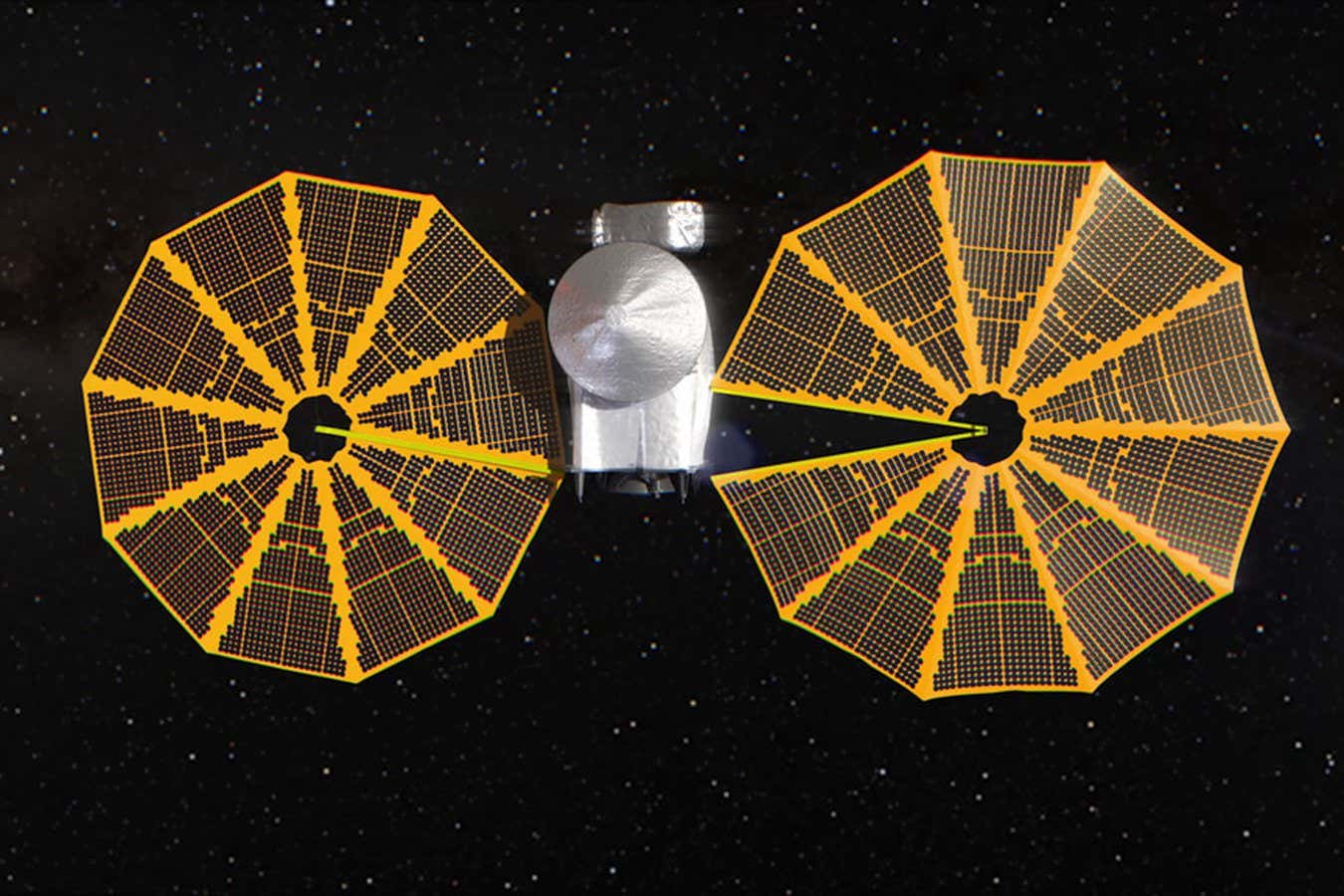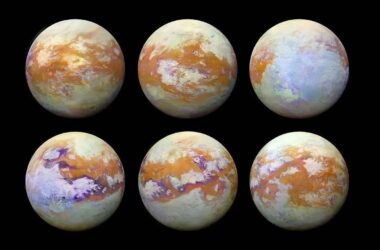NASA’s Lucy spacecraft is on its way to visit its first asteroid, Dinkinesh. On November 1st, it will pass within 430 kilometers of Dinkinesh, collecting scientific data and testing its instruments.
Lucy was launched in October 2021 and has been traveling at a speed of about 19.4 kilometers per second toward the outer solar system. Its main objective is to explore the Trojan asteroids, which are asteroids that share Jupiter’s orbit around the sun. There are two groups of Trojan asteroids, one in front of Jupiter and one behind.
Dinkinesh is not a Trojan asteroid but is located in the main asteroid belt between the orbits of Mars and Jupiter. This makes it a perfect stop for Lucy to ensure that its instruments are working properly before reaching the Trojans. Dinkinesh is less than 1 kilometer wide and is barely visible from Earth, so this flyby will provide the first opportunity to observe its surface.
During the flyby, the tracking system used to keep the asteroid within the cameras’ field of vision will be tested. This is important due to the relatively small size of asteroids and the high speed of the spacecraft as it passes by.
The tracking system’s performance will determine whether the scientific instruments can be used to gather basic measurements of Dinkinesh’s surface. Although testing is the main goal of this flyby, any data collected will be valuable for researchers.
The next major event for Lucy is another flyby of Earth in December 2024, followed by a visit to another main belt asteroid in 2025. After that, Lucy will embark on a two-year journey to Jupiter and its Trojans. The Trojans are believed to be remnants from the formation of the solar system, so studying them up close can provide insights into planetary formation and movement.
Insights: The flyby of asteroid Dinkinesh serves as a crucial test for Lucy’s tracking system and scientific instruments. It allows NASA to ensure their accuracy and make any necessary improvements before reaching the Trojan asteroids. Additionally, the comparison of Dinkinesh with near-Earth asteroids may reveal similarities or differences in their shapes, shedding light on the evolution and composition of asteroids in different regions of the solar system.








